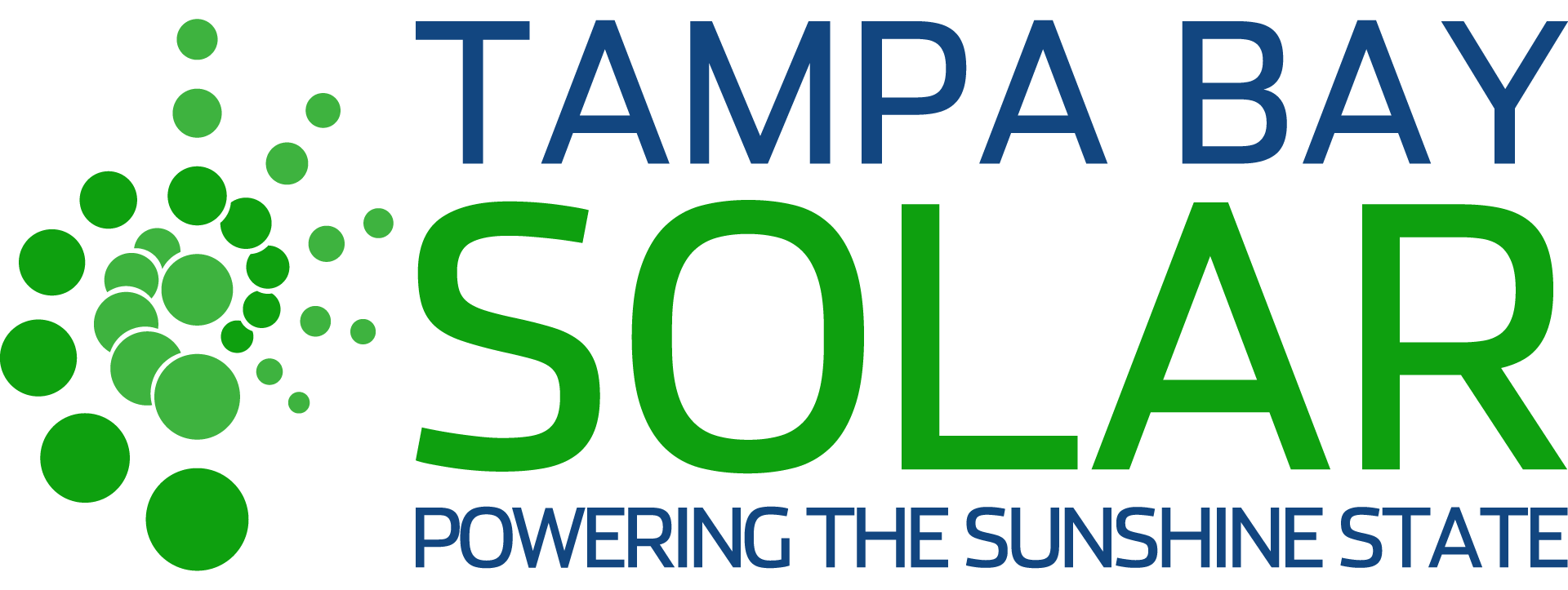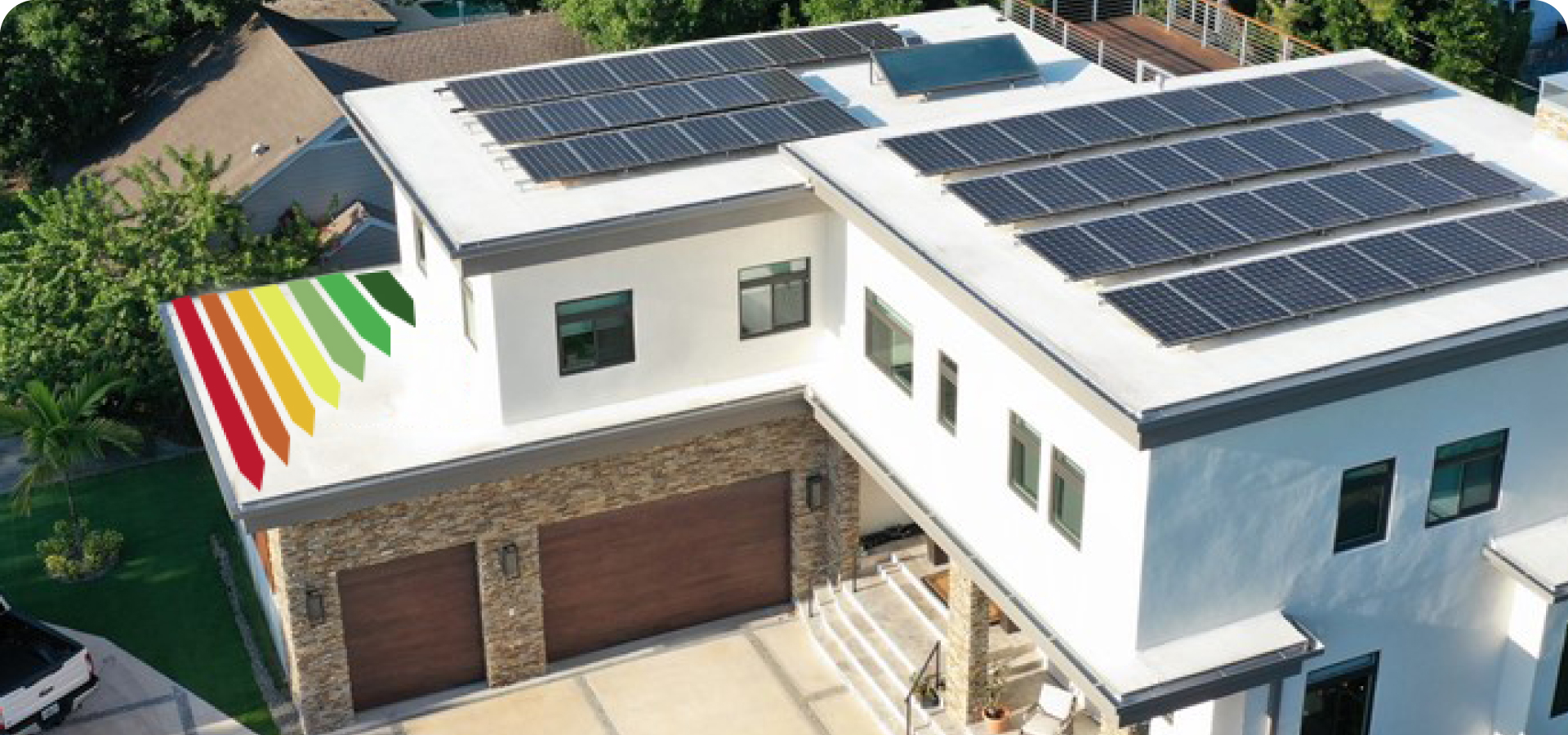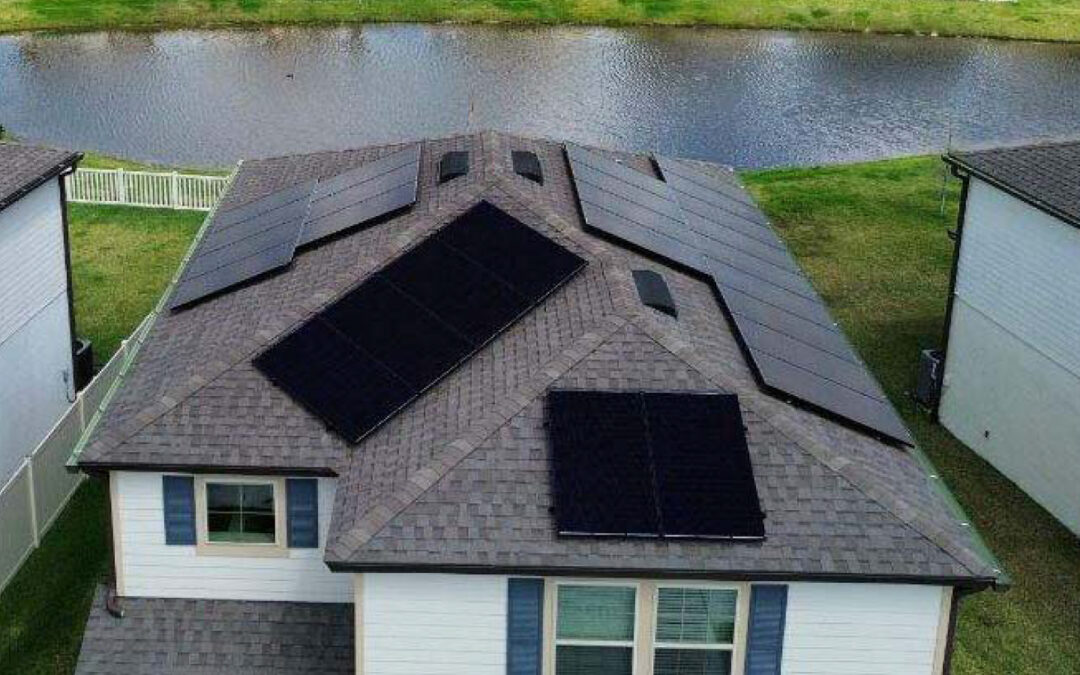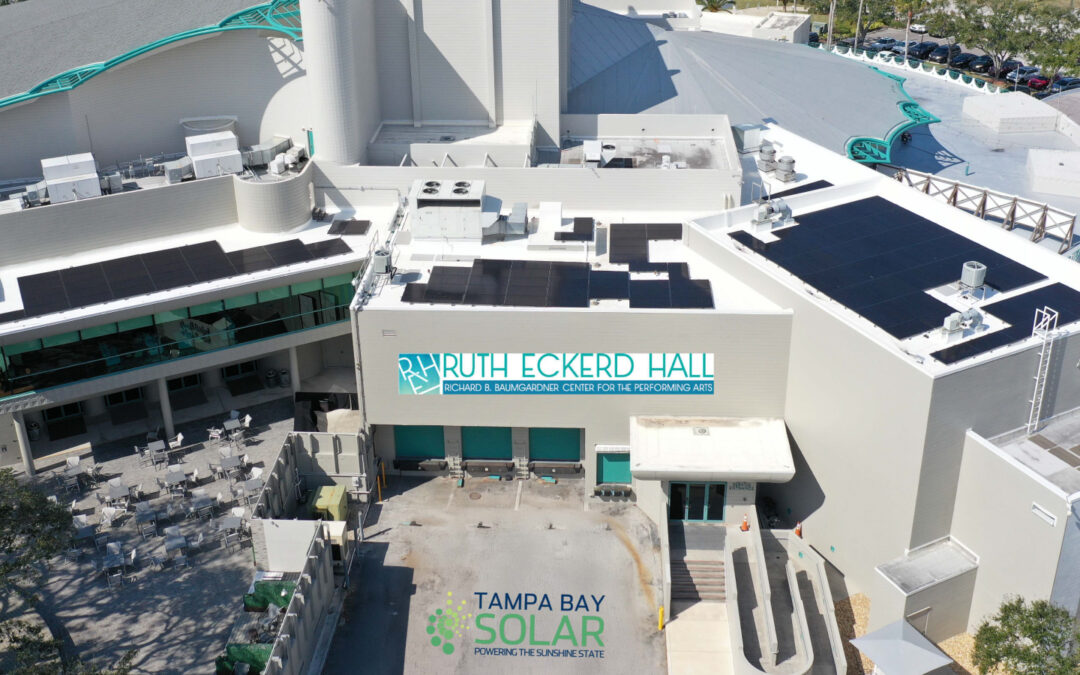Are you looking for ways to lower your monthly energy bill? “Off-peak” refers to lower electricity demand, usually outside peak morning and evening hours. Knowing when these off-peak times occur for solar energy users can help maximize savings. By using energy during off-peak times or tapping into stored solar power, homeowners can lessen their dependence on the grid, cut electricity costs, and promote a more sustainable energy future. This article highlights how recognizing off-peak hours can help solar users.
Why Do Peak and Off-Peak Hours Matter?
Electricity rates change depending on when you use power. Some hours cost more because demand is high, while others are cheaper when demand is low.
- High-Cost Hours (Peak Hours): From 6 a.m. to 10 a.m. and 6 p.m. to 10 p.m. (November to March). Many people use electricity for heating, cooking, and other household activities during these times, increasing costs.
- Low-Cost Hours (Off-Peak Hours): Electricity is cheaper outside of these peak periods, usually late at night and early in the morning when demand is lower.
Shifting energy use to low-cost hours can reduce your electricity bill, especially if you run appliances or charge batteries during these times.
How Can Solar Panels Help You Maximize Savings?
Did you know electric companies charge more for energy use during peak hours? These high-demand times typically occur in the late afternoon and evening when many households use the most electricity. But with solar panels, you can reduce your reliance on expensive grid power and take advantage of lower rates. Here’s how:
1. Daytime Energy Generation: Use More When Solar Power is Plentiful
Solar panels produce the highest amount of electricity when exposed to sunlight. By using appliances, charging your electric vehicle, and running other energy-intensive tasks during the day, you can rely more on your solar power and avoid using expensive electricity from the grid.
2. Storing Solar Energy: Power Your Home During Peak Hours
With solar battery storage, you can save extra energy during the day and use it in the evening when electricity prices are higher. This lets you keep using solar power after the sun sets, helping reduce your energy costs.
3. Super Off-Peak Hours: The Lowest Rates
Some utilities offer lower prices during super off-peak hours, usually late at night or early in the morning when electricity demand is low. With battery storage, you can take advantage of these lower rates by using appliances or charging your car during these times, helping you save more.
Reward Rates and Clean Energy Benefits
With the rise of solar energy in Tampa, utility companies encourage homeowners to use electricity during off-peak times when demand is lower. By harnessing solar power and storing excess energy, you can benefit from reward rates while decreasing your dependence on fossil fuels.
During peak hours, utilities often turn to conventional power plants to meet higher demand, increasing emissions. By utilizing stored solar power or shifting your energy usage to non-peak periods, you help ease the strain on the grid and support a cleaner, more sustainable future for Florida.
Maximize Your Solar Savings
- Use Solar Power When It’s Available: Run major appliances and charge devices during daylight hours when solar energy is plentiful.
- Reduce Energy Use During Peak Hours: Shift activities like laundry, dishwashing, and EV charging to times when rates are lower.
- Invest in Battery Storage: Store excess solar energy during the day to use later, reducing your reliance on expensive grid electricity.
Start Saving with Solar Today
Are you looking to reduce your energy costs and fully utilize solar power? Tampa Bay Solar is here to assist you. Our experts will help you design a tailored solar solution that maximizes savings and lowers monthly expenses. Start today and take charge of your energy future!
